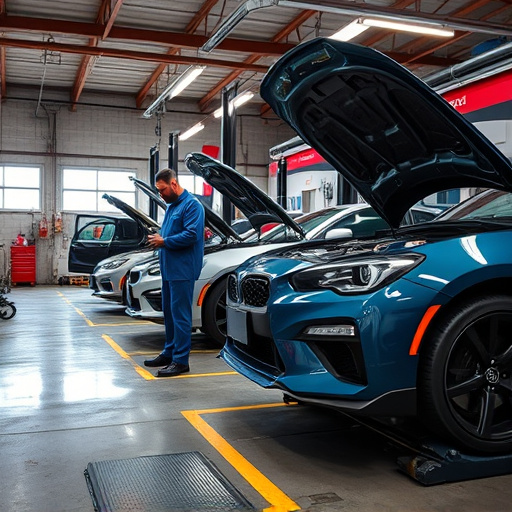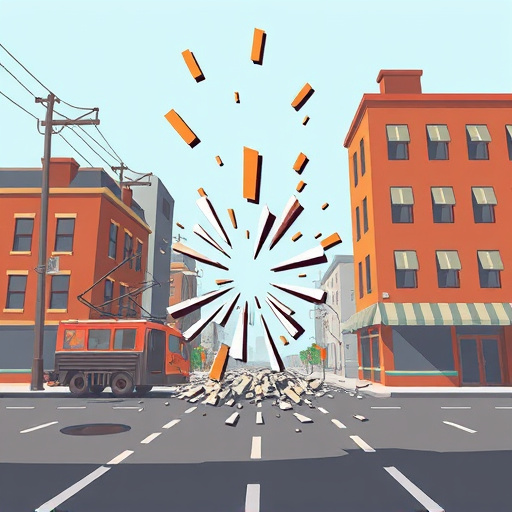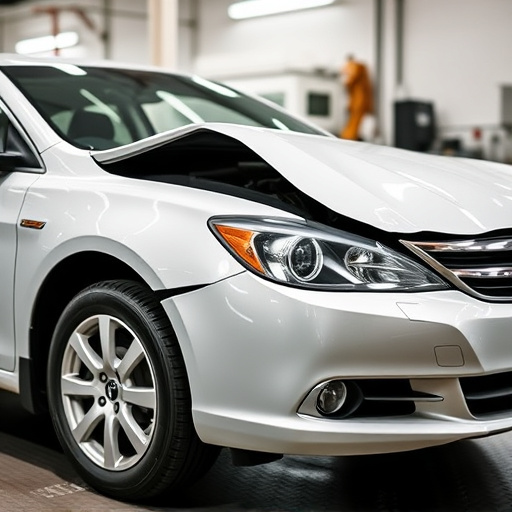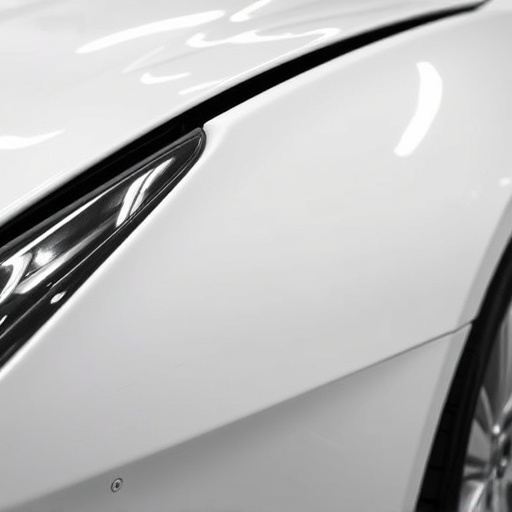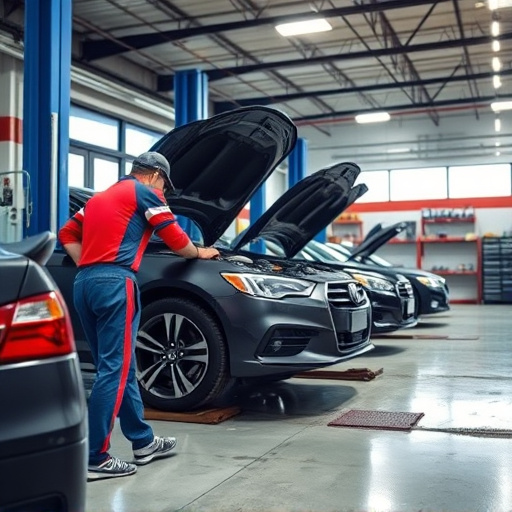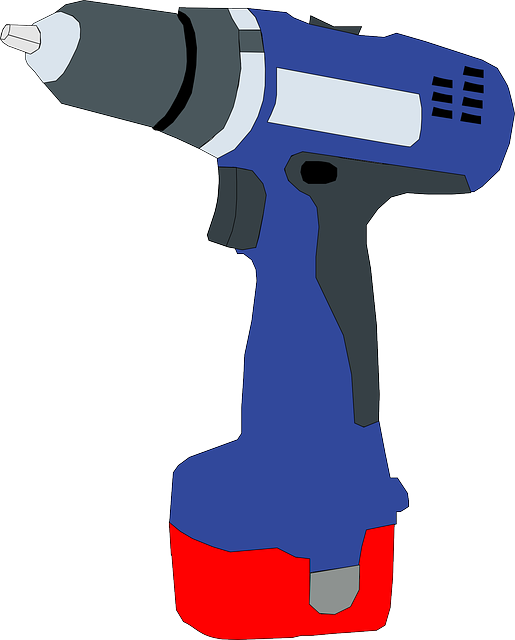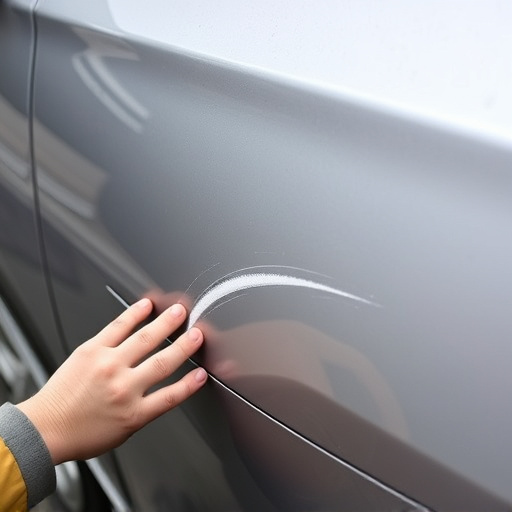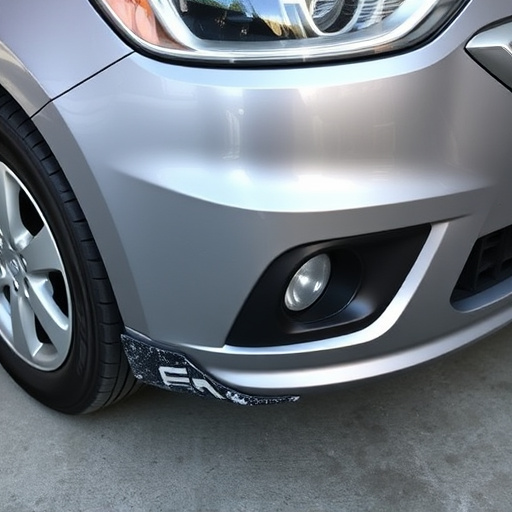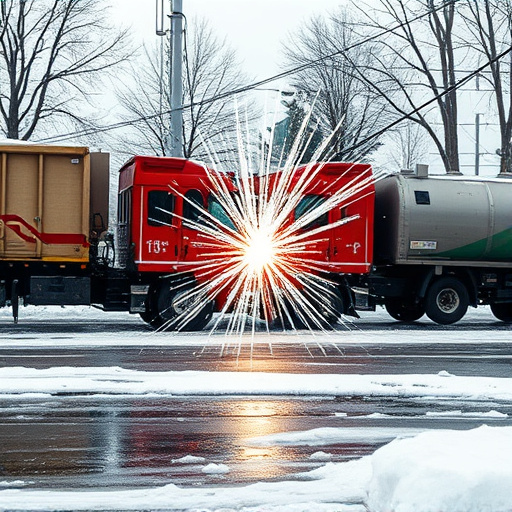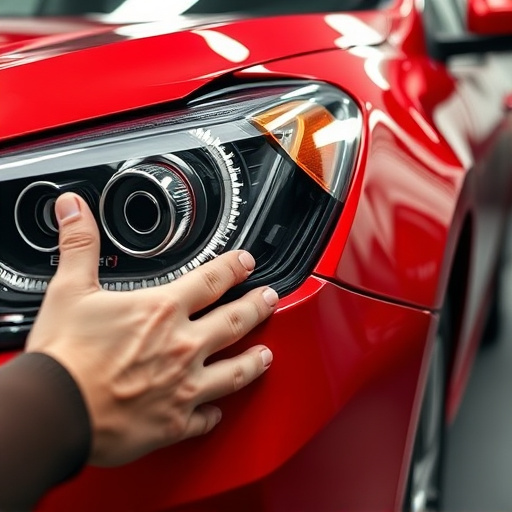Advanced plastic welding technology is revolutionizing collision repair and vehicle body shops, offering precise, high-speed laser welding for complex car paint repairs and intricate automotive parts fabrication. This method minimizes heat input, preserves material integrity, and allows for detailed components, resulting in enhanced craftsmanship, improved efficiency, better structural strength, and superior aesthetic results. In auto body restoration, it acts as a game-changer by reducing costs, minimizing waste, and accurately reproducing intricate original designs. The future of plastic welding technology looks promising with advancements in robotics, AI, and sustainable practices, ensuring efficient, environmentally friendly welds while maintaining both structural integrity and aesthetic appeal.
Plastic welding technology has evolved significantly, opening new possibilities across various industries. This article delves into the next steps and advancements in plastic welding techniques, exploring their benefits and diverse applications. From understanding advanced methods to examining future trends, we unravel the transformative power of modern plastic welding technology. Discover how these innovations are revolutionizing manufacturing, packaging, and beyond, setting the stage for a more sustainable and efficient future.
- Understanding Advanced Plastic Welding Techniques
- Benefits and Applications of Modern Plastic Welding Technology
- Future Trends and Innovations in Plastic Welding
Understanding Advanced Plastic Welding Techniques
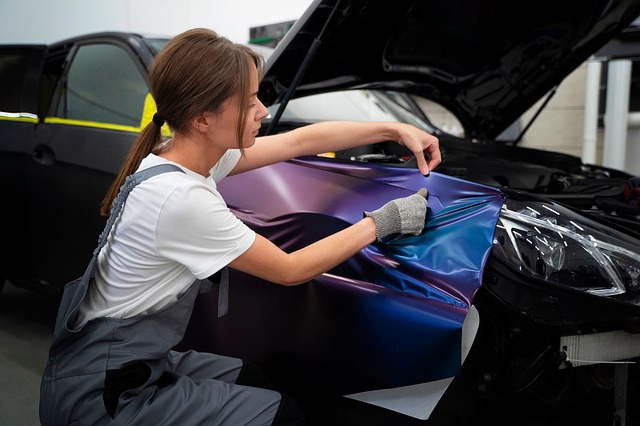
The world of plastic welding technology is constantly evolving, offering advanced techniques that expand the capabilities of collision repair shops and vehicle body shops. Understanding these innovations is key to staying ahead in the automotive industry. Modern plastic welding goes beyond traditional methods, employing sophisticated equipment and specialized knowledge. This includes the integration of laser welding, which provides precise and high-speed joining, making it ideal for complex car paint repairs and intricate automotive parts fabrication.
By exploring these advanced techniques, professionals in the field can enhance their craftsmanship and efficiency. Laser welding, for instance, allows for minimal heat input, preserving the integrity of plastic materials and enabling the repair or creation of detailed components. This technology is not only a game-changer for precision work but also ensures better structural strength and aesthetic results in car paint repairs and custom automotive builds.
Benefits and Applications of Modern Plastic Welding Technology

Modern plastic welding technology offers a plethora of benefits that have revolutionized various industries. One of the most significant advantages is its versatility; this technology enables the joining of an extensive range of thermoplastics, from common materials like polyethylene and polypropylene to more specialized polymers used in advanced applications. This versatility translates into countless possibilities for innovation across sectors such as automotive, medical devices, and consumer goods.
In the realm of auto body restoration and vehicle restoration, plastic welding technology has been a game-changer. Auto body shops can now efficiently repair and rebuild vehicles with precision and speed, ensuring structural integrity and aesthetic appeal. This not only reduces costs for both businesses and customers but also minimizes waste, making it an eco-friendly option. The ability to weld plastics accurately allows for the creation of complex geometric joins, enabling the reproduction of intricate original designs in vehicle restoration projects.
Future Trends and Innovations in Plastic Welding

The future of plastic welding technology looks bright, with continuous innovations pushing the boundaries of what’s possible in auto repair services and vehicle paint repair. One of the prominent trends is the integration of advanced robotics and AI, which enhance precision and speed during the collision repair shop processes, resulting in more efficient and high-quality welds. These technologies enable complex geometric joins, improving structural integrity and aesthetic appeal.
Additionally, sustainable practices are driving research into eco-friendly plastic welding methods. Newer techniques focus on recycling materials, reducing waste, and minimizing environmental impact. As the demand for vehicle paint repair solutions grows, these innovations in plastic welding technology will play a pivotal role in achieving a more sustainable automotive industry while maintaining exceptional structural integrity and cosmetic outcomes.
Plastic welding technology continues to evolve, offering innovative solutions for various industries. As we’ve explored, advanced techniques, benefits, and future trends paint a promising picture for this field. By embracing modern applications, manufacturers can enhance product quality, reduce waste, and open doors to new design possibilities. Staying informed about these developments is key to staying ahead in an ever-changing technological landscape.
